Nicola Melluso
Rapid detection of fast innovation under the pressure of COVID-19
Jan 30, 2021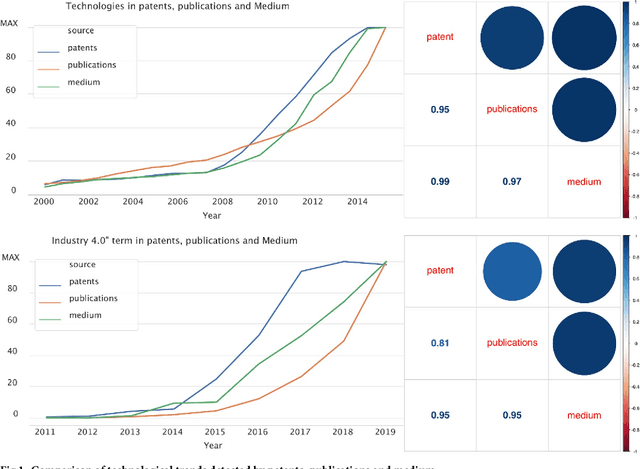

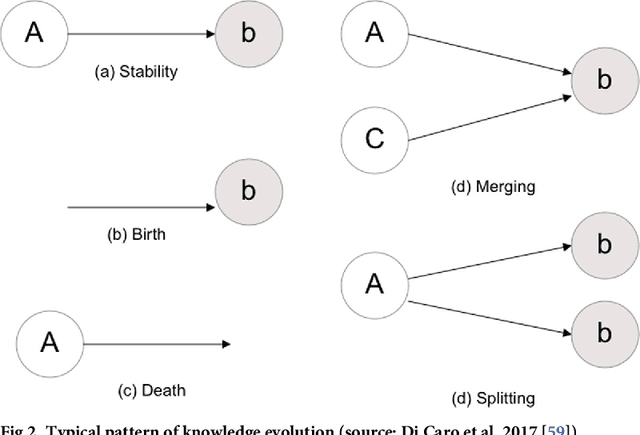
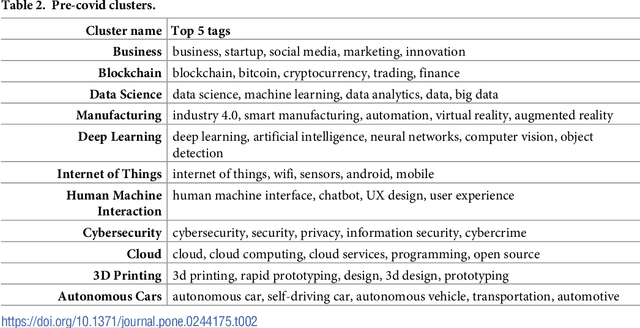
Abstract:Covid-19 has rapidly redefined the agenda of technological research and development both for academics and practitioners. If the medical scientific publication system has promptly reacted to this new situation, other domains, particularly in new technologies, struggle to map what is happening in their contexts. The pandemic has created the need for a rapid detection of technological convergence phenomena, but at the same time it has made clear that this task is impossible on the basis of traditional patent and publication indicators. This paper presents a novel methodology to perform a rapid detection of the fast technological convergence phenomenon that is occurring under the pressure of the Covid-19 pandemic. The fast detection has been performed thanks to the use of a novel source: the online blogging platform Medium. We demonstrate that the hybrid structure of this social journalism platform allows a rapid detection of innovation phenomena, unlike other traditional sources. The technological convergence phenomenon has been modelled through a network-based approach, analysing the differences of networks computed during two time periods (pre and post COVID-19). The results led us to discuss the repurposing of technologies regarding "Remote Control", "Remote Working", "Health" and "Remote Learning".
* Published in PlOs One in 12/31/2020
SkillNER: Mining and Mapping Soft Skills from any Text
Jan 22, 2021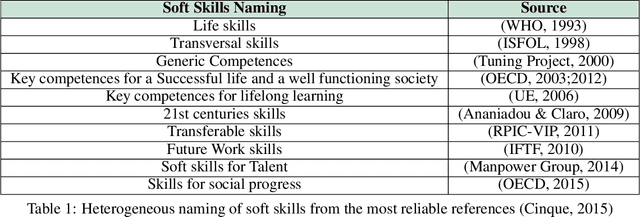
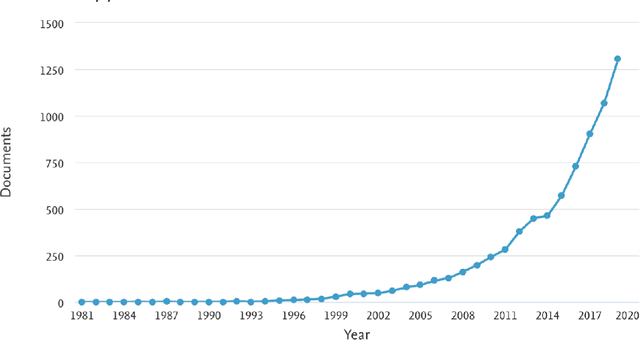
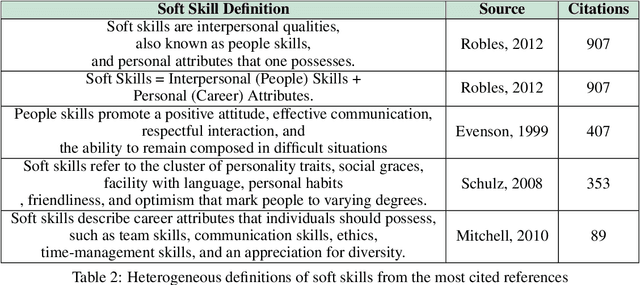
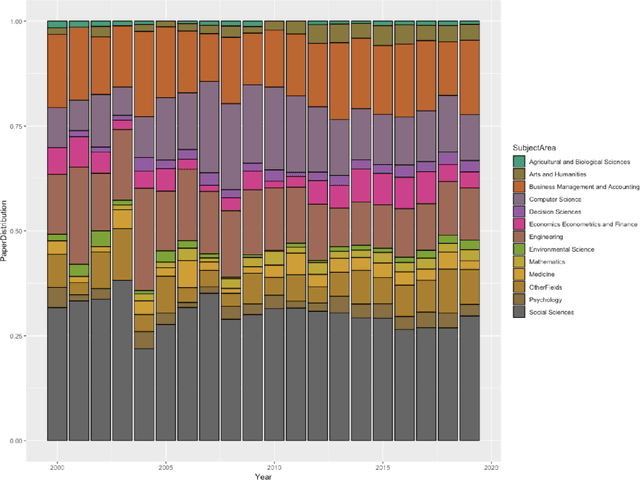
Abstract:In today's digital world there is an increasing focus on soft skills. The reasons are many, however the main ones can be traced down to the increased complexity of labor market dynamics and the shift towards digitalisation. Digitalisation has also increased the focus on soft skills, since such competencies are hardly acquired by Artificial Intelligence Systems. Despite this growing interest, researchers struggle in accurately defining the soft skill concept and in creating a complete and shared list of soft skills. Therefore, the aim of the present paper is the development of an automated tool capable of extracting soft skills from unstructured texts. Starting from an initial seed list of soft skills, we automatically collect a set of possible textual expressions referring to soft skills, thus creating a Soft Skills list. This has been done by applying Named Entity Recognition (NER) on a corpus of scientific papers developing a novel approach and a software application able to perform the automatic extraction of soft skills from text: the SkillNER. We measured the performance of the tools considering different training models and validated our approach comparing our list of soft skills with the skills labelled as transversal in ESCO (European Skills/Competence Qualification and Occupation). Finally we give a first example of how the SkillNER can be used, identifying the relationships among ESCO job profiles based on soft skills shared, and the relationships among soft skills based on job profiles in common. The final map of soft skills-job profiles may help accademia in achieving and sharing a clearer definition of what soft skills are and fuel future quantitative research on the topic.
Towards Automatic building of Human-Machine Conversational System to support Maintenance Processes
May 13, 2020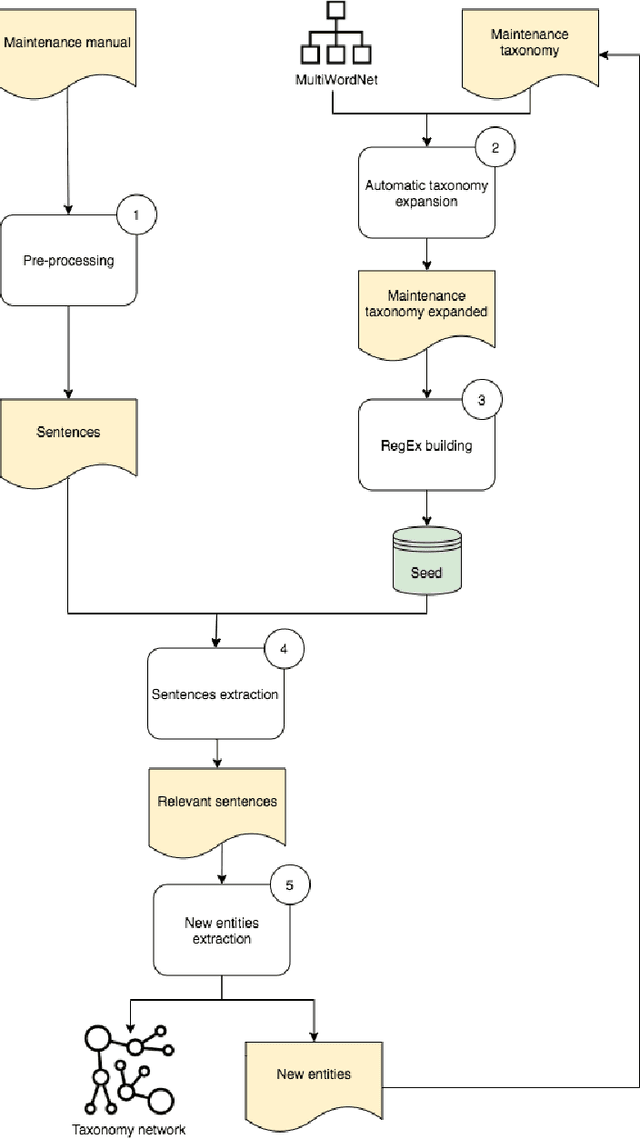
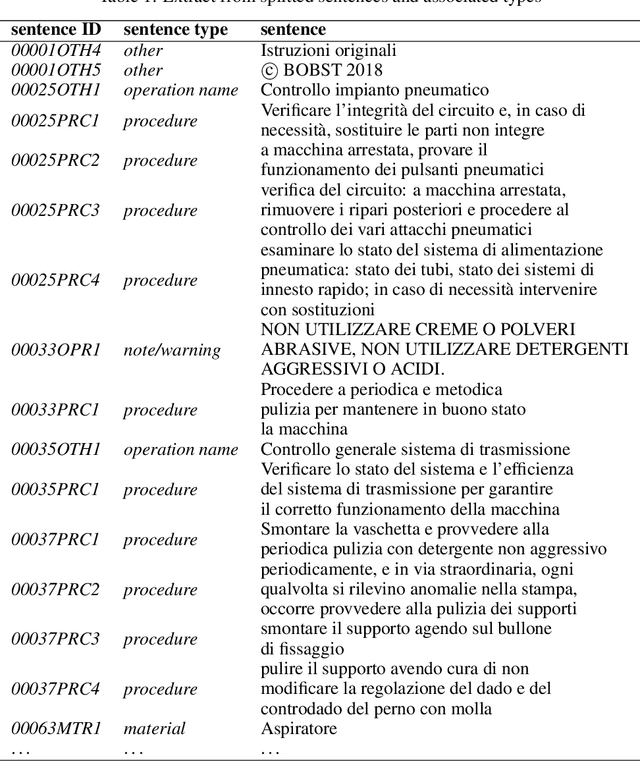
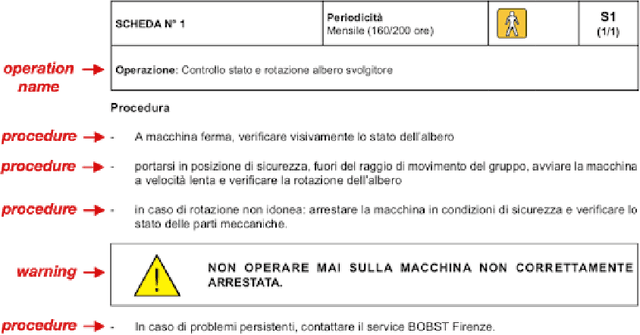
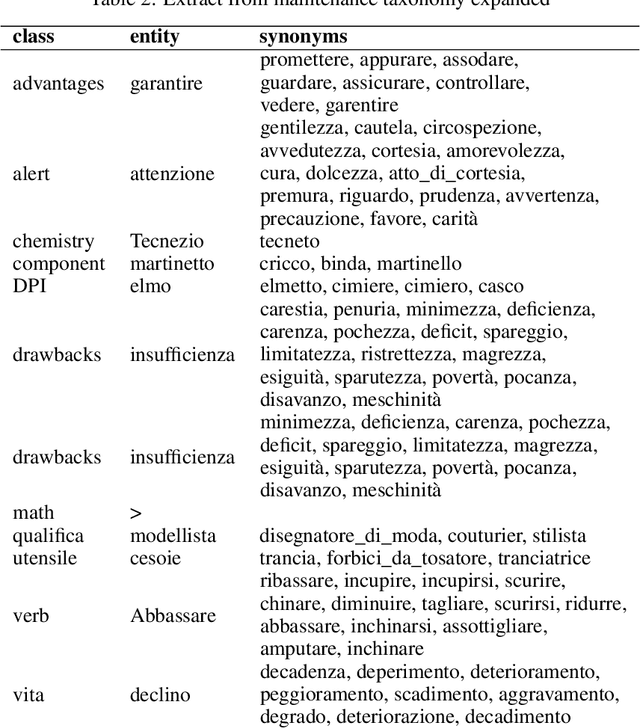
Abstract:Companies are dealing with many cognitive changes with the introduction of the Industry 4.0 paradigm. In this constantly changing environment, knowledge management is a key factor. Dialog systems, being able to hold a conversation with humans, could support the knowledge management in business environment. Although, these systems are currently hand-coded and need the intervention of a human being in writing all the possible questions and answers, and then planning the interactions. This process, besides being time-consuming, is not scalable. Conversely, a dialog system, also referred to as chatbot, can be built from scratch by simply extracting rules from technical documentation. So, the goal of this research is designing a methodology for automatic building of human-machine conversational system, able to interact in an industrial environment. An initial taxonomy, containing entities expected to be found in maintenance manuals, is used to identify the relevant sentences of a manual provided by the company BOBST SA and applying text mining techniques, it is automatically expanded. The final result is a taxonomy network representing the entities and their relation, that will be used in future works for managing the interactions of a maintenance chatbot.
 Add to Chrome
Add to Chrome Add to Firefox
Add to Firefox Add to Edge
Add to Edge